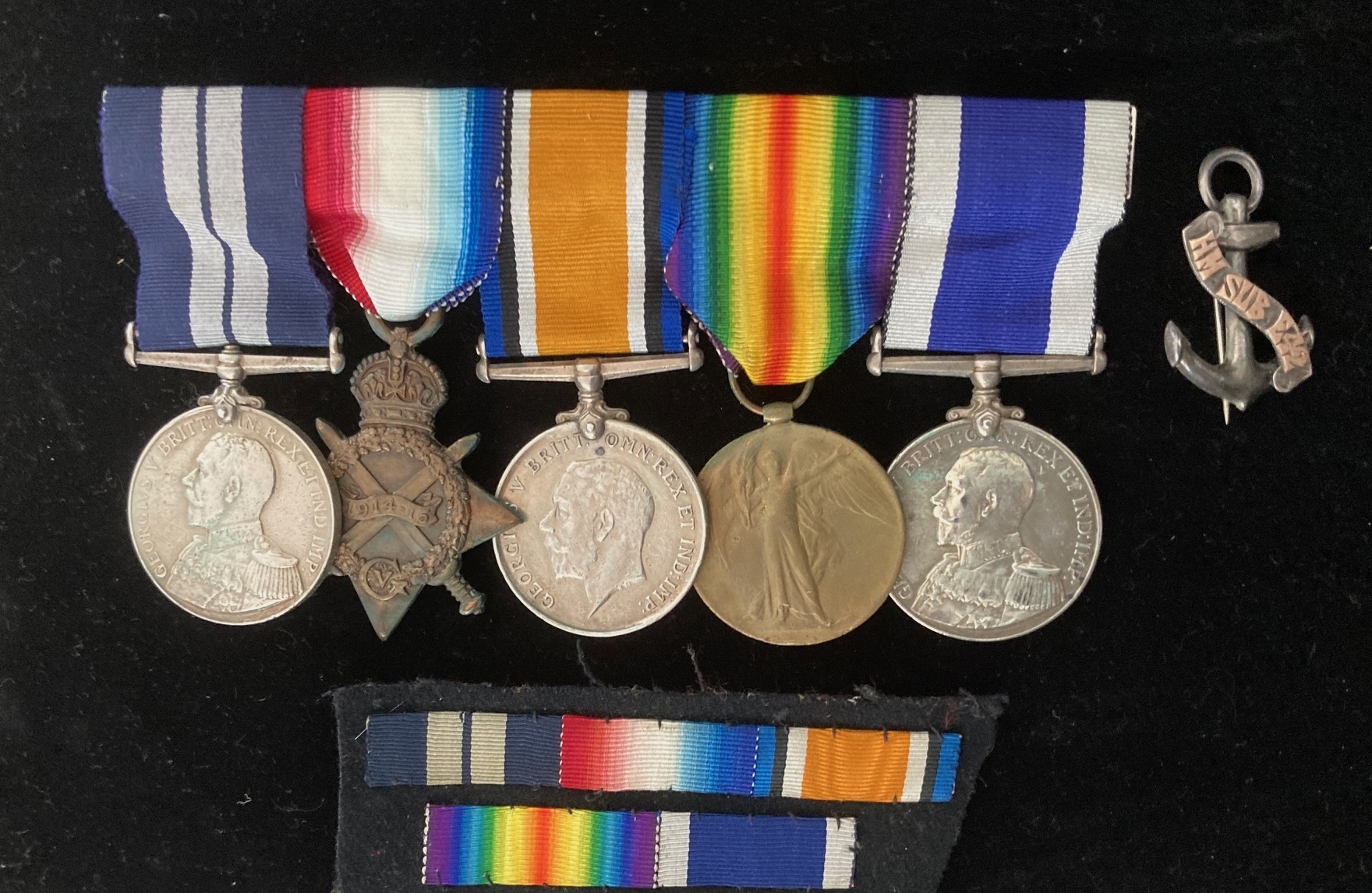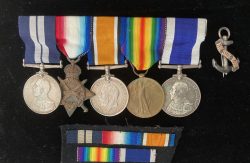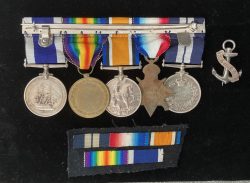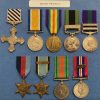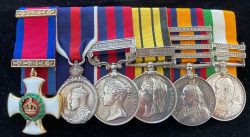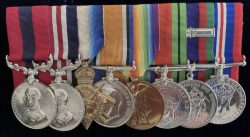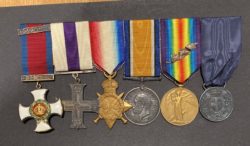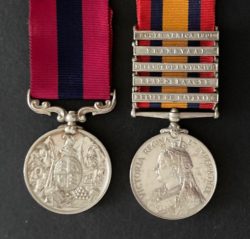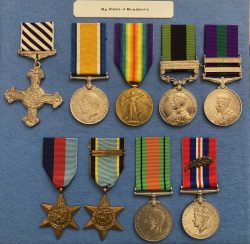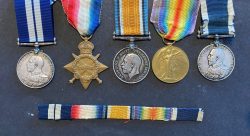Subtotal: £15.00
Excellent Great War submarines D.S.M. group decorated for his deeds in the E-42 in April 1918, when she attacked and damaged the German battle cruiser Moltke during the last sortie made by the German High Seas Fleet into the North Sea
£1,985.00
Out of stock
Distinguished Service Medal, (GV). (Sto. P.O. “E.42” North. Sea. 25 April 1918.), 1914-15 Star (L. Sto., R. N.), British War Medal, Victory Medals (S.P.O., R.N.), Royal Navy L.S.G.C., (GV.), ( S.P.O. H.M.S. Inconstant.),
With silver anchor commissioning brooch (hallmarked Birmingham 1916) with scroll inscribed ‘H.M. Sub E42’,
W. E. Holloway,D.S.M. London Gazette 22 April 1919
The original recommendation states: ‘Admiralty 22 February/19. H.M. Submarine E-42. North Sea. 25 April 1918. Torpedoing of the German battle cruiser S.M.S. Moltke at 19.37 hours.’
William Edward Holloway was born in Camberwell, London on 12 May 1887, and entered the Royal Navy as a Stoker 2nd Class in September 1905, an engine driver by trade.
Having volunteered for submarines just before the outbreak of hostilities in August 1914, he joined the E-42 under Lieutenant C. H. Allen, R.N., in June 1916, and remained likewise employed until September 1919.
In April 1918, the German High Seas Fleet ventured out into the North Sea for a final time, Admiralty intercepted assorted enemy signals, among them one sent by the S.M.S. Moltke. In the afternoon of the 25th, E-42 located the enemy battle cruiser’s formation. Closing to 2,000 yards, E-42 fired a spread of four torpedoes, one of which found its mark, abreast Moltke’s port engine room. The resultant explosion led to 1,700 tons of water flooding in, and the battle cruiser eventually limped into port.
Holloway, who was awarded the D.S.M., remained in the service after the war, received the L.S. G.C. Medal in October 1920, and pensioned ashore in September 1927.
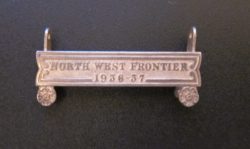 I.G.S. 1936 North West Frontier 1936-37
I.G.S. 1936 North West Frontier 1936-37 
